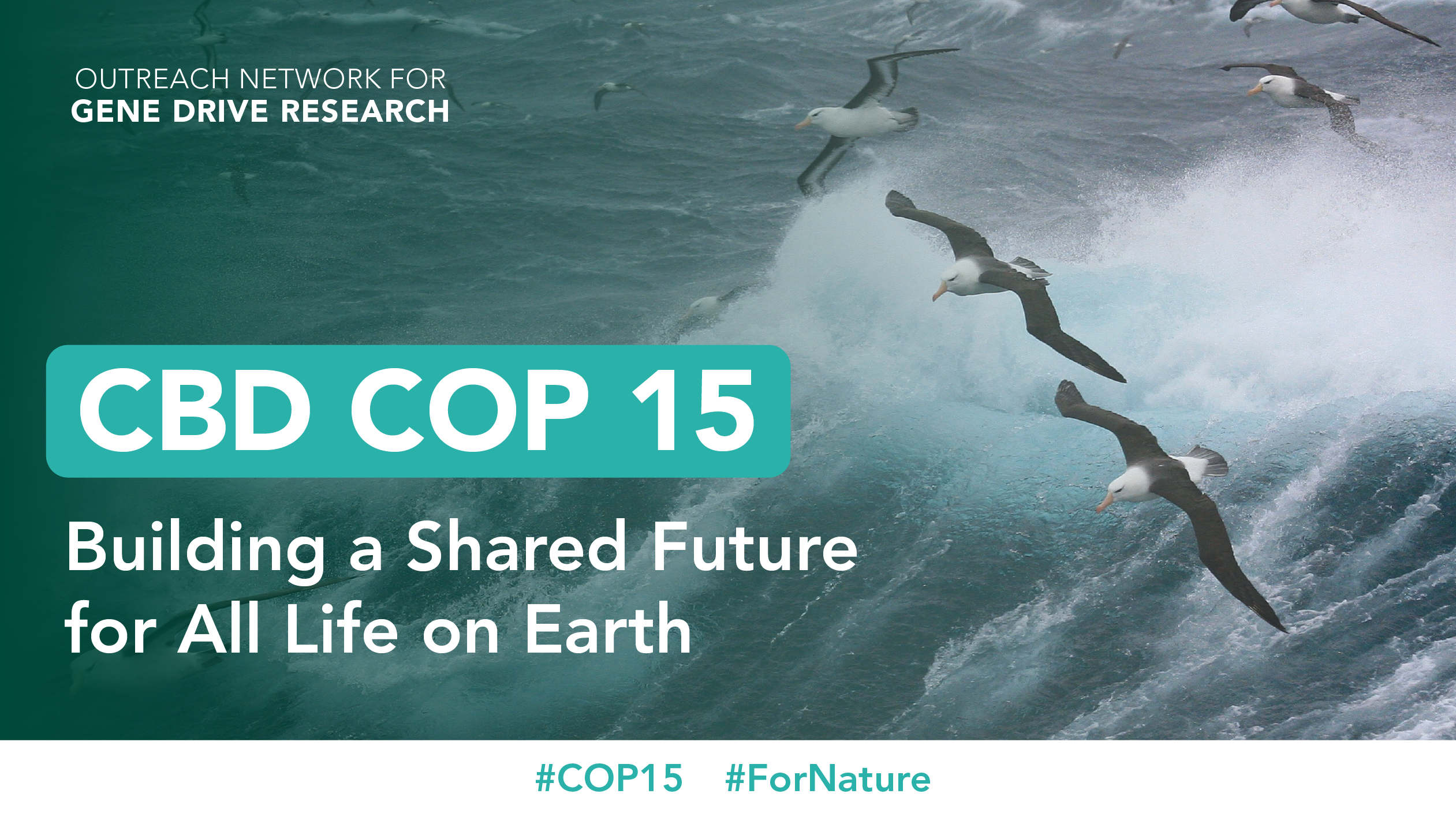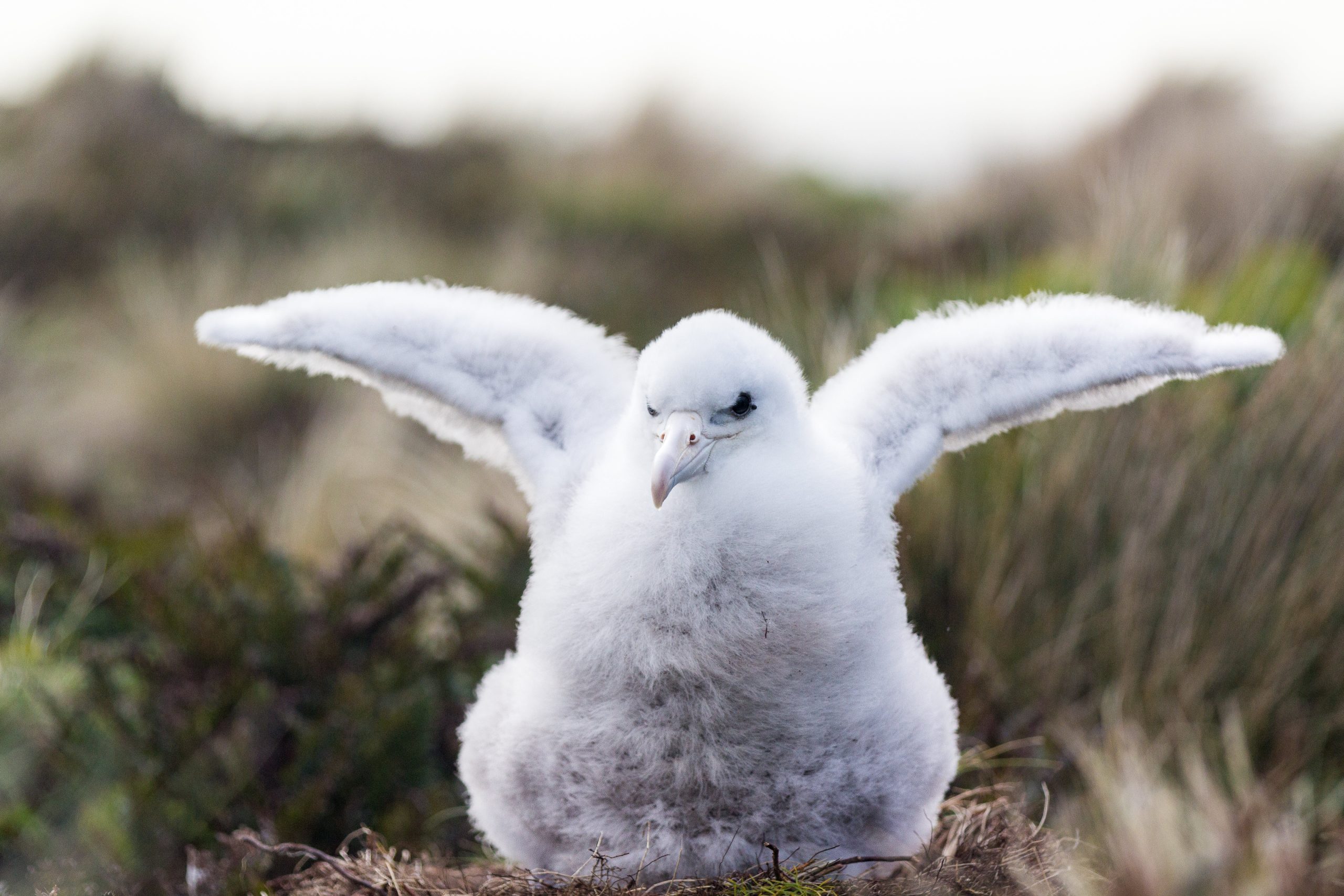By Delphine Thizy, Former Member of the IUCN Taskforce on Synthetic Biology and Biodiversity Conservation
On December 7, the 196 Parties to the United Nations Convention on Biological Diversity (CBD) will be convening in Montreal, with the aim of adopting a new Global Biodiversity Framework, which will serve as a roadmap for governments and other stakeholders to conserve the world’s biodiversity over the next decade and beyond.
Across regions, challenges to conservation and biodiversity are rapidly mounting. The rate of species loss and ecosystem degradation is accelerating, with 1 million species currently threatened with extinction. Although decades of conservation work have produced some major successes, current tools are not enough to address growing biodiversity loss challenges.

The emerging field of synthetic biology and its applications, which will also be discussed during meetings in Montreal, has the potential to help address some of these intractable problems and transform biodiversity conservation. Although synthetic biology has been part of CBD discussions for the past ten years, so far the majority of the conversation has been focused on mitigating potential risks arising from its use.
Ahead of COP15, the members of the IUCN Taskforce on Synthetic Biology and Biodiversity Conservation gathered diverse perspectives from synthetic biologists, conservationists, and policy makers, in a paper titled “Direct and indirect impacts of synthetic biology on biodiversity conservation“. The aim was to present the results of the taskforce work with a balanced and inclusive examination of the potential applications of these technologies for biodiversity conservation.
Although synthetic biology tools designed for conservation purposes are still in research phases and have not yet been implemented in nature, significant progress has been made in the past decade in their development. Gene drive approaches for example have been proposed as a potential tool to help eradicate invasive rodents from islands and help address the drawbacks and limitations of current tools designed to this purpose. Similarly, the Wolbachia incompatible insect technique has been put forward as a way to control invasive species of mosquitoes that threaten Hawaiian birds with avian malaria and other diseases.

Juvenile Antipodean Albatross in the Antipodes Islands. Photograph: Island Conservation
Other applications could help improve species’ resilience to threats. For example, genetic approaches are being explored to create inheritable immunity to the sylvatic plague in critically endangered black-footed ferret populations. Synthetic biology approaches have also been proposed to enhance thermal tolerance in coral reefs, which are extremely vulnerable to climate change.
Some of the concerns surrounding the use of these innovations for conservation centre around the potential for these technologies to impact species beyond the target population and the need to address socio-economic and regulatory uncertainties surrounding affected communities’ interests in the deployment of these tools. To address these, scientists are exploring the possibility of developing genetic approaches that are self-limiting or controllable in other ways. Social science research and stakeholder engagement will also play a critical role in understanding societal values around any environmental application of synthetic biology, and whether such proposed tools are acceptable for use.
As world leaders convene to negotiate the future of biodiversity, the conservation implications of synthetic biology applications should be assessed on a case-by-case basis, taking into consideration both potential risks and benefits to biodiversity. A technology that may be detrimental in a certain social, political, economic, and ecological context could have a completely different impact when placed in another.
If we are to fulfill our vision of living in harmony with nature, it will also be crucial to consider the decision of whether and when to use synthetic biology for conservation purposes alongside the reality of ongoing biodiversity loss. If we fail to address biodiversity loss drivers on time, the consequences will be dire. In addition to the expected loss of 1 million species currently threatened with extinction, the biodiversity crisis will have a dramatic impact on many communities, in particular those who depend closely on ecosystem services for their livelihoods, health, and culture.
Access the full publication here.
